Birds don’t just sing—they broadcast secrets.
From love songs to war cries, these feathery creatures are masters of communication.
They flirt, fight, warn, and woo—all with a few well-placed chirps.
Think your morning dove is just cooing sweet nothings?
Think again. It might be cursing the squirrel in its territory.
Bird sound is so much more than background noise.
It’s full-blown drama in the treetops.
It’s survival.
It’s romance.
It’s pure art.
And some of the things birds can do with their voices?
Absolutely wild.
If you thought you knew birds, just wait until you hear what they’re really saying.
Here are 14 bird sound facts that will make you stop and listen a little differently.
Night Singing Thrushes
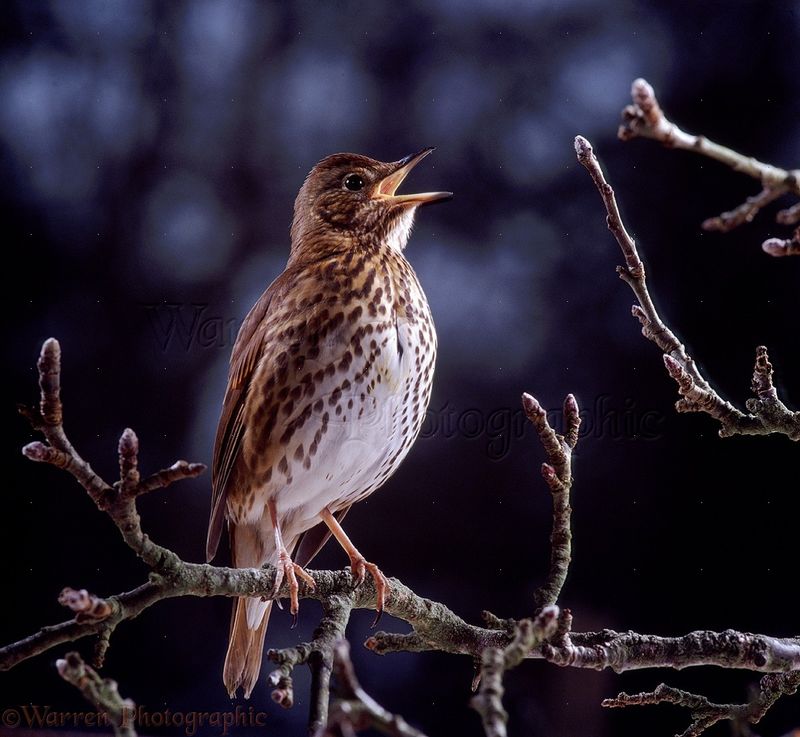
Ever taken a midnight stroll and heard a thrush sing? Unlike most birds that sing at dawn, the thrush is known for its enchanting nighttime melodies. With a repertoire that includes up to 100 different phrases, these songs can be surprisingly mellow yet complex. In the quiet of the night, the thrush’s song is not just a call; it’s a serenade that echoes through the stillness, creating an eerie but beautiful ambiance. Their ability to emulate other sounds also adds a layer of intrigue to their night-time performances.
The Mimicry of the Lyrebird

Imagine a bird that can mimic almost any sound it hears. The lyrebird is that avian wonder. Native to Australia, this talented bird can replicate chainsaws, camera shutters, and even human voices. Its mimicry skills are so advanced that it can confuse even the most experienced birdwatchers. Not just a trickster, the lyrebird uses these sounds to attract mates and ward off rivals. Its ability to adapt its song to its environment makes it one of nature’s most impressive vocalists.
Canaries and Their Complex Songs
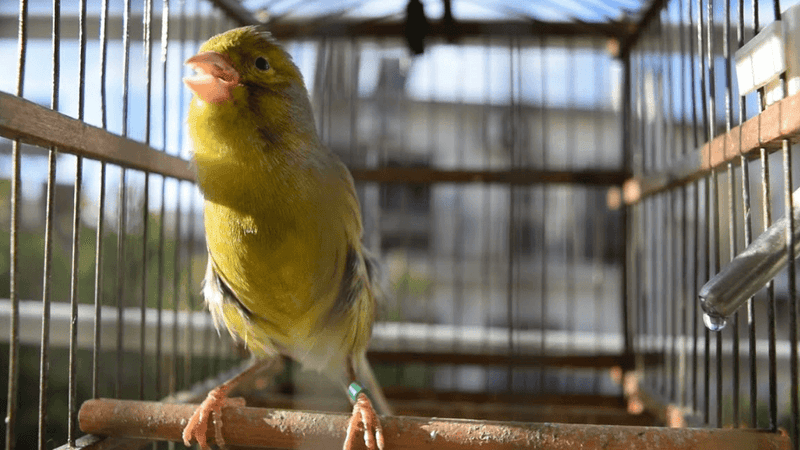
In the world of birds, canaries are the opera singers. These small, bright yellow birds are renowned for their complex and beautiful songs. Each song is a sequence of phrases that can vary widely, showcasing their ability to produce impressive vibratos and trills. Canaries sing to communicate, express their vitality, and establish territory. Their melodious tunes bring a burst of sunshine to any setting, lifting spirits and adding a touch of beauty to everyday life.
Parrots: The Talkative Companions

Parrots are not just pretty faces; they’re some of the best mimics in the animal kingdom. With the ability to imitate human speech, these vibrant birds captivate and amuse. Their vocal prowess comes from a unique organ called the syrinx, allowing them to produce a wide range of sounds. Beyond mimicry, parrots use their voices to communicate with their flock, express emotion, and warn of danger. Their playful chatter adds an element of fun and connection, showcasing the intelligence behind those colorful feathers.
The Hummingbird’s Buzz
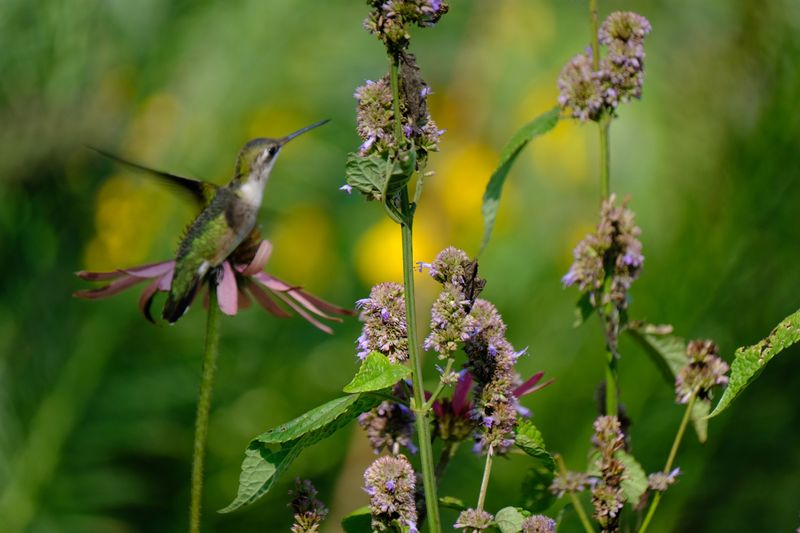
Hummingbirds are not just visual wonders with their iridescent feathers; they are also sonic marvels. The rapid movement of their wings creates a distinctive buzzing sound that is often mistaken for insect noise. This buzzing is not just an auditory curiosity; it’s an essential part of their flight, helping them maintain stability and control. Their unique ability to hover like a helicopter is accompanied by this signature sound, making them a delight to both see and hear in gardens worldwide.
Owls and Their Silent Flight
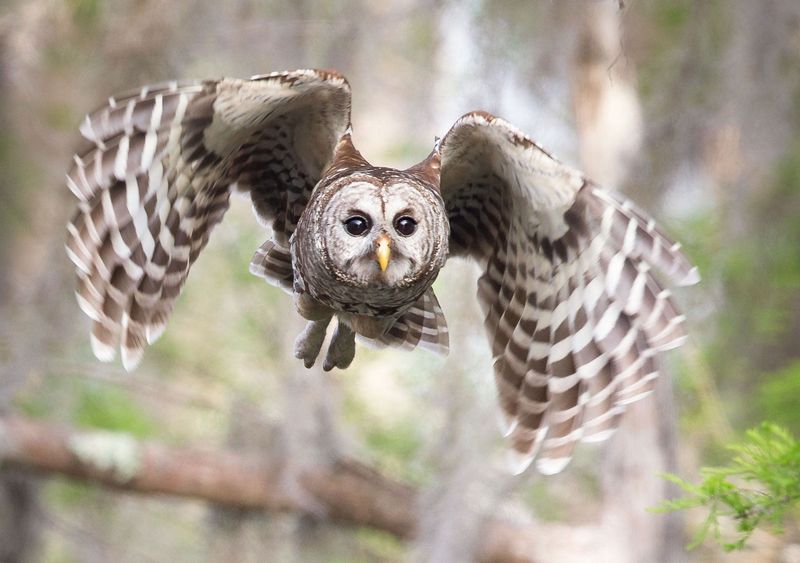
Owls are the stealthy hunters of the avian world, known for their silent flight. This silence is crucial for hunting, as it allows them to swoop down on prey without a sound. Their wings have soft edges that muffle the noise of their flight, a unique adaptation among birds. This silence isn’t merely about hunting efficiency; it adds to the mysterious aura that surrounds these remarkable creatures, making them both feared and revered in various cultures.
Cuckoos and Their Deceptive Calls
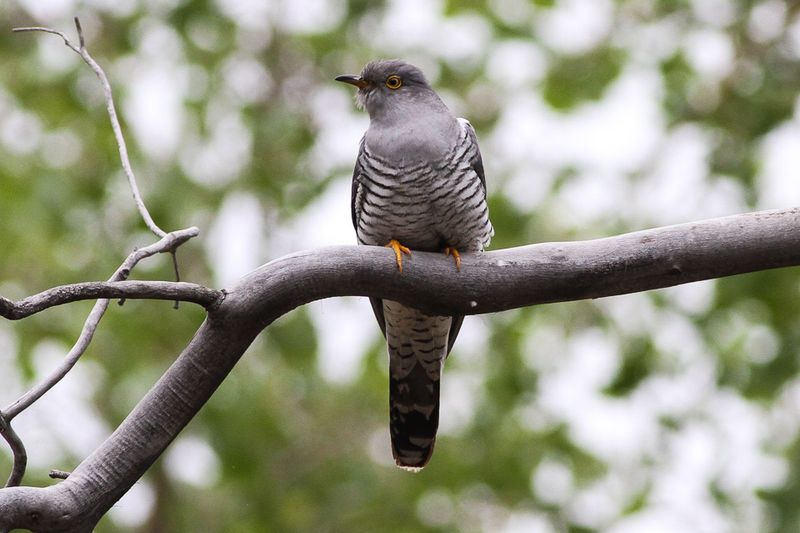
The call of the cuckoo is more than just a sound; it’s a signal of deception. Known for laying their eggs in the nests of other birds, cuckoos use their distinct calls to distract and deceive. Their call can mimic the sounds of other birds, adding a layer of cunning to their behavior. This deceptive nature has fascinated bird lovers and researchers alike, as it represents a complex survival strategy within the bird kingdom.
The Enigmatic Whip-poor-will
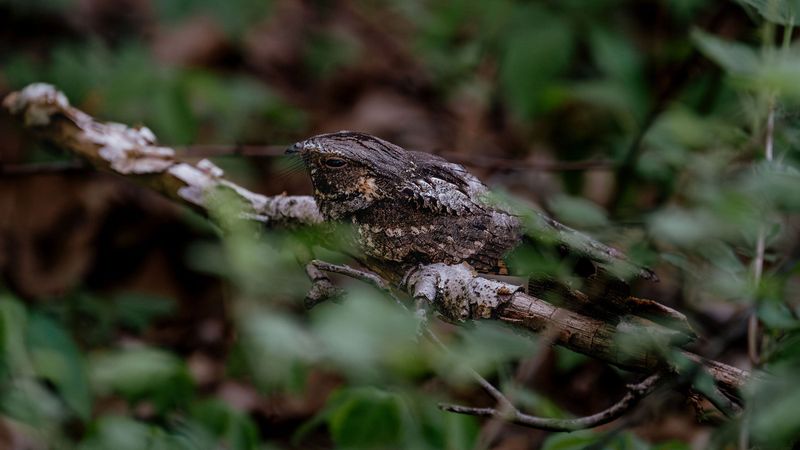
Whip-poor-wills are masters of camouflage, blending seamlessly into their surroundings. Their song, which sounds like their name, is a haunting melody often heard at dusk. This bird’s call is not just an eerie sound; it’s a part of its identity. The rhythmic, repetitive nature of their call can be mesmerizing, evoking a sense of mystery and nostalgia. Their song is a reminder of the wilderness and its untamed beauty, resonating through the twilight.
The Extraordinary Songs of the Mockingbird
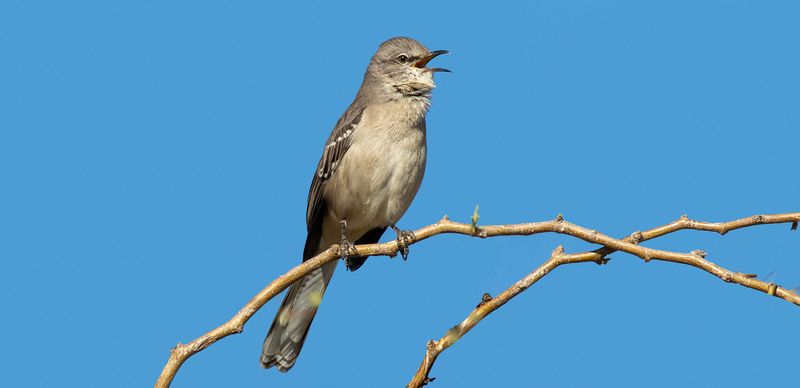
Mockingbirds are virtuosos of the bird world, capable of mimicking the songs of dozens of other birds. Their ability to learn and reproduce these sounds is truly astonishing. They use their extensive vocal repertoire to establish territory and attract mates. Beyond mimicry, mockingbirds possess the ability to improvise, adding their own unique twists to familiar sounds. Their songs fill the air with an array of melodies, making them a favorite among bird enthusiasts.
The Woodpecker’s Drumming
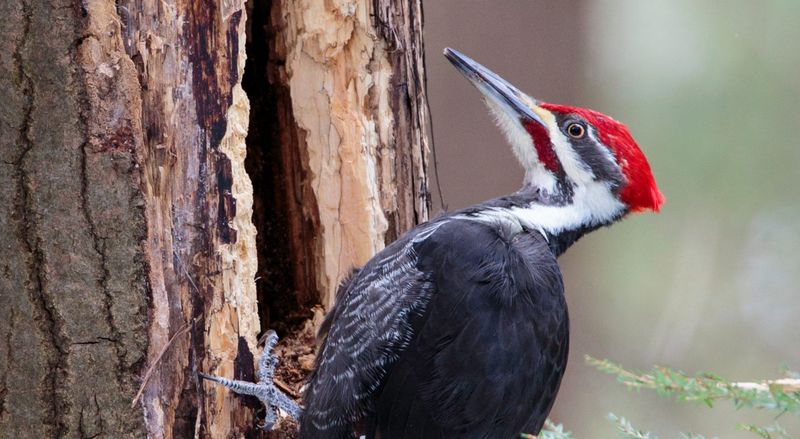
Woodpeckers are nature’s percussionists, using their beaks to drum on trees and other surfaces. This drumming serves as a communication tool, signaling territory and finding mates. Unlike other birds, woodpeckers don’t rely on vocal sounds; their drumming is their voice. This rhythmic tapping can be heard echoing through forests, a distinctive sound that’s both familiar and exhilarating. The woodpecker’s drumming is a testament to the diverse ways birds communicate and adapt to their environment.
Songbirds and Their Territorial Anthems
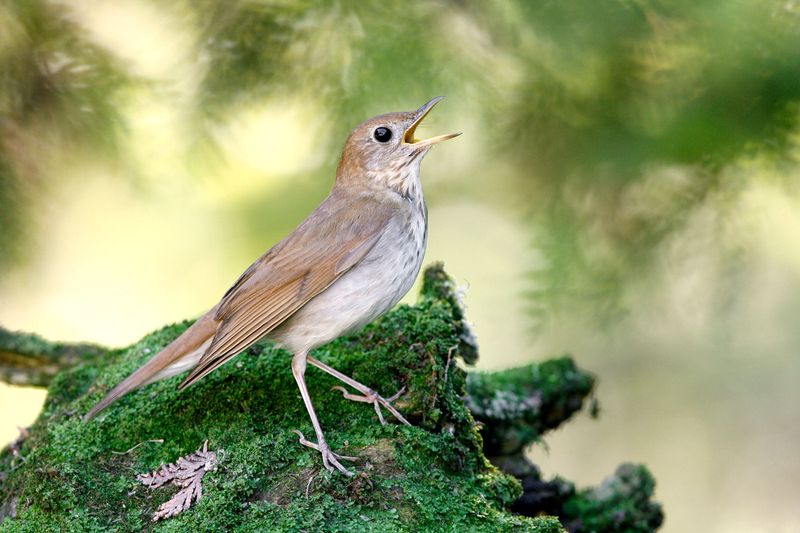
Songbirds are the composers of the bird world, each species with its unique song. These melodies are not just for show; they play a crucial role in territory defense and mate attraction. Each songbird has a personal anthem, a declaration of presence and vitality. Their songs can vary with the seasons, reflecting changes in their environment. The harmonious blend of songbird calls creates a symphonic tapestry, a natural concert that brings joy to both urban and rural landscapes.
The Alarm Calls of the Robin
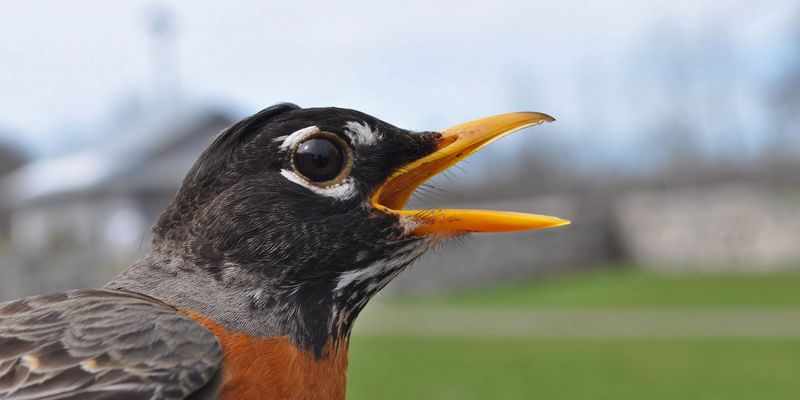
Robins are familiar to many backyard bird watchers, known for their cheerful presence and distinctive alarm calls. When danger approaches, a robin will issue a sharp, repetitive call to alert others. This sound is more than just a warning; it’s a community signal, strengthening social bonds among birds. Their keen awareness and quick response to threats make them fascinating subjects of study. Robins’ calls are a testament to their adaptability and social nature, qualities that endear them to bird enthusiasts.
The Deep Calls of the Common Loon
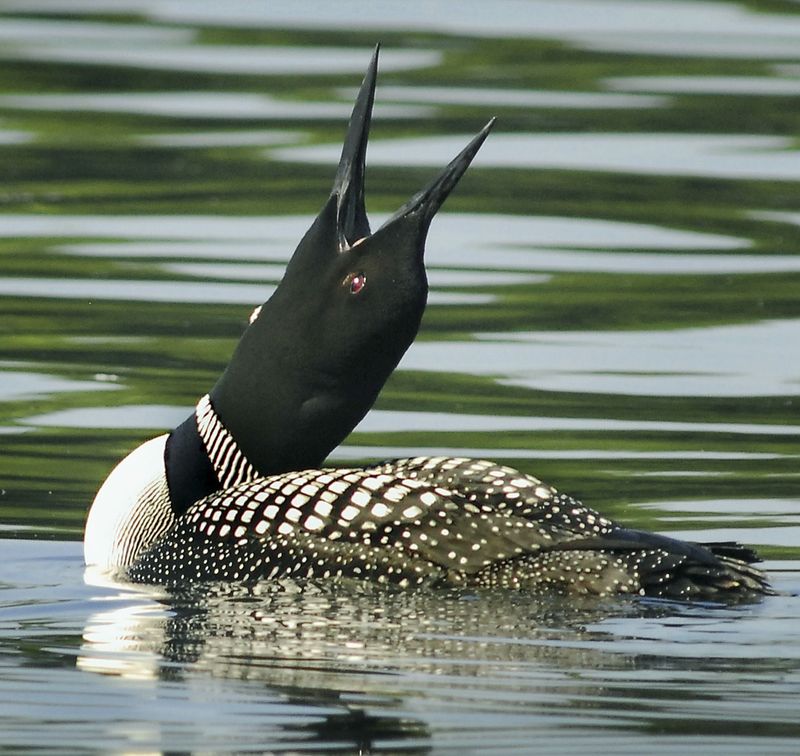
The haunting call of the common loon is a sound synonymous with the wilderness. These deep, echoing calls are used to communicate between pairs and signal territory. Their haunting yodels and wails evoke a sense of solitude and the untamed beauty of nature. Loons are more than just their calls, though; their striking black and white plumage and red eyes add a visual drama to their vocal performances. Their calls resonate through the misty lakes, a symbol of the wild, untouched landscapes they inhabit.
The Unique Clicks of the Swiftlet
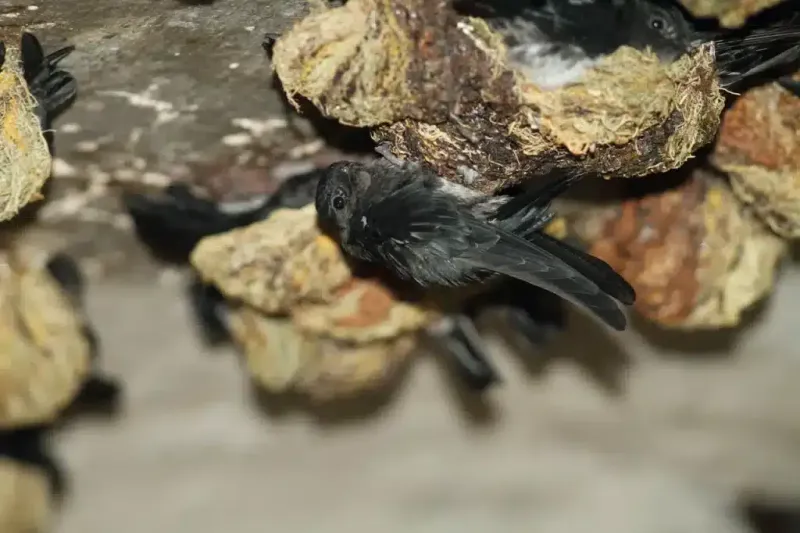
Swiftlets are unique among birds for their use of echolocation, a skill more commonly associated with bats. They emit rapid clicks that bounce off surfaces, allowing them to navigate the dark caves where they nest. This ability is not just a fascinating adaptation; it’s essential for their survival in pitch-black environments. The swiftlet’s clicks are a testament to the incredible adaptability of birds, showcasing their ability to evolve and thrive in diverse habitats.

